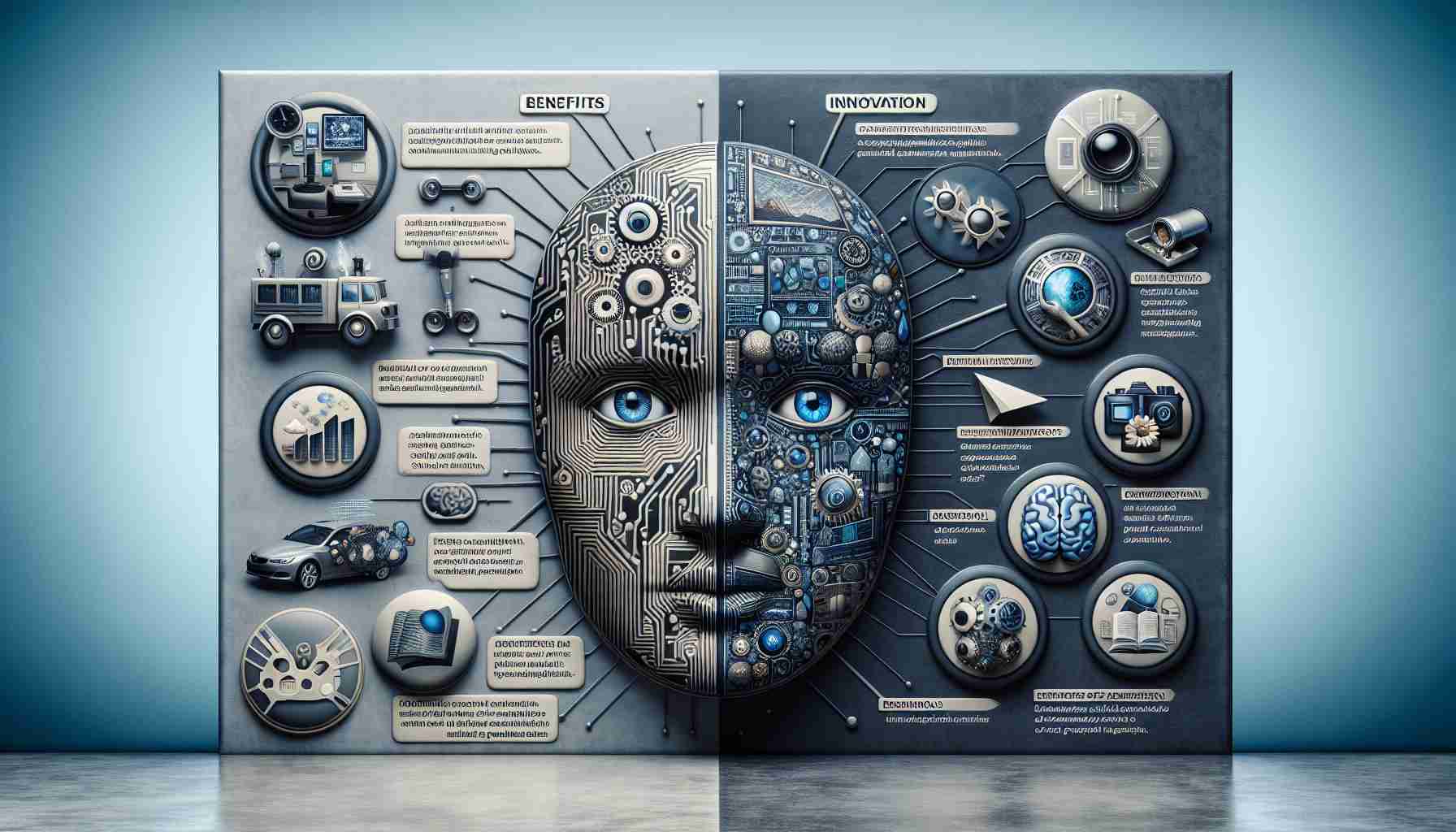In recent news, the alarming presence of pornographic, AI-generated images of Taylor Swift circulating on social media sheds light on the potential dangers posed by artificial intelligence technology. These convincing and damaging images were viewed by millions before being removed, highlighting the lasting impact of such content.
The issue of manipulated and deceptive media is a growing concern, particularly as the United States approaches a presidential election year. There is a legitimate fear that AI-generated images and videos could be exploited to spread disinformation and disrupt the democratic process. The ease with which these harmful images can be created and shared on social media platforms raises questions about the effectiveness of content moderation practices.
Ben Decker, the founder of a digital investigations agency, warns that AI tools are increasingly being utilized for nefarious purposes without adequate safeguards in place. The lack of effective content monitoring by social media companies contributes to the rapid spread of harmful content. The incident involving Taylor Swift serves as a prominent example of the urgent need for improved platform governance and content moderation.
While it remains unclear where the Taylor Swift-related images originated, it is evident that the issue extends beyond her case. The rise of AI-generation tools like ChatGPT and Dall-E highlights the existence of numerous unmoderated AI models in open-source platforms. The fracturing of content moderation and platform governance becomes apparent when stakeholders are not aligned in addressing these pressing concerns.
The attention surrounding Taylor Swift’s situation could potentially drive action from legislators and tech companies. Given her significant influence and devoted fan base, the public campaign against the dissemination of damaging AI-generated images may instigate meaningful change. Nine US states have already implemented laws against the creation and sharing of non-consensual deepfake photography, reflecting the need for legal measures to address this issue specifically.
The incident involving Taylor Swift underscores the urgent need for collaboration between AI companies, social media platforms, regulators, and civil society to tackle the proliferation of harmful AI-generated content. Together, they must work towards a comprehensive solution that protects individuals and safeguards the integrity of online platforms. The risks associated with artificial intelligence technology necessitate proactive measures to ensure a safer digital environment for all.
FAQ:
1. What is the article about?
The article discusses the alarming presence of pornographic, AI-generated images of Taylor Swift on social media and the potential dangers posed by artificial intelligence technology.
2. Why is the issue of manipulated and deceptive media a concern?
The issue of manipulated and deceptive media is a concern, particularly as the United States approaches a presidential election year. There is fear that AI-generated images and videos could be exploited to spread disinformation and disrupt the democratic process.
3. Why is content moderation a question of effectiveness?
The ease with which harmful images can be created and shared on social media platforms raises questions about the effectiveness of content moderation practices.
4. Who warns about the use of AI tools for nefarious purposes?
Ben Decker, the founder of a digital investigations agency, warns that AI tools are increasingly being utilized for nefarious purposes without adequate safeguards in place.
5. What does the incident involving Taylor Swift highlight?
The incident involving Taylor Swift serves as an example of the urgent need for improved platform governance and content moderation.
6. What does the rise of AI-generation tools like ChatGPT and Dall-E highlight?
The rise of AI-generation tools like ChatGPT and Dall-E highlights the existence of numerous unmoderated AI models in open-source platforms.
7. What can drive action from legislators and tech companies?
The attention surrounding Taylor Swift’s situation could potentially drive action from legislators and tech companies due to her significant influence and devoted fan base.
8. What legal measures have been implemented against non-consensual deepfake photography?
Nine US states have already implemented laws against the creation and sharing of non-consensual deepfake photography.
9. Who should collaborate to tackle the proliferation of harmful AI-generated content?
AI companies, social media platforms, regulators, and civil society should collaborate to tackle the proliferation of harmful AI-generated content.
Definitions:
– AI-generated: Refers to content created using artificial intelligence technology.
– Content moderation: The process of monitoring and controlling user-generated content on online platforms to ensure compliance with guidelines and policies.
– Platform governance: The governing rules and policies that regulate the operation and content on online platforms.
– Deepfake: Refers to manipulated media, usually video or audio, that uses artificial intelligence technology to create false or misleading content by superimposing someone else’s face onto an existing video or audio clip.
– Non-consensual: Without the consent or permission of the involved individual(s).
Related links:
– Taylor Swift Official Website
– National Institute of Standards and Technology – Artificial Intelligence
– Social Media Today
The source of the article is from the blog maltemoney.com.br

